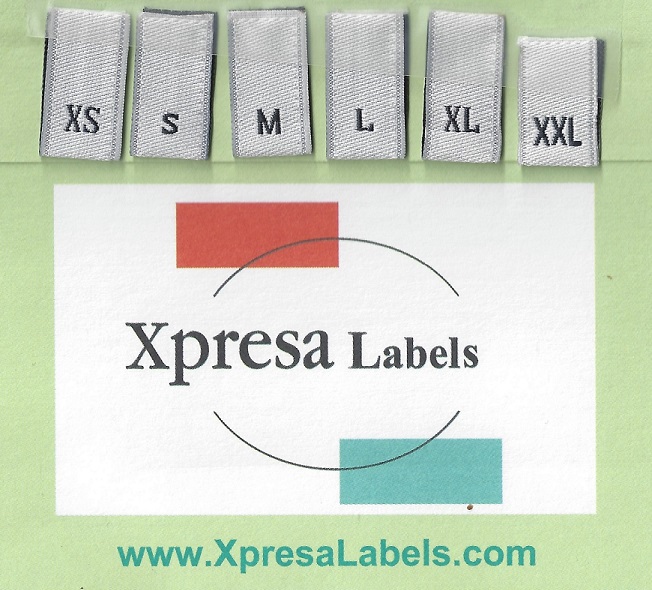Table of Contents
- Introduction
- Importance of Checking Stock Labels
- Recommended Inspection Intervals
- Best Practices for Label Inspection
- Conclusion
Introduction
Stock care labels play a crucial role in maintaining product quality and ensuring customer satisfaction. Regularly inspecting these labels for damage is essential to prevent misinformation, improve inventory management, and uphold brand reputation. In this article, we’ll explore the importance of checking stock labels, recommended inspection intervals, and best practices.
Why Check Stock Labels?
- Accuracy
Stock care labels provide vital information about products, including pricing, expiration dates, and handling instructions. Accurate labels prevent costly errors and enhance customer trust. Misinformation due to damaged labels can lead to mispricing, selling expired products, or improper handling, all of which can harm the business and customer satisfaction.
- Legal Compliance
Many industries have strict labeling requirements. Ensuring compliance with regulations avoids penalties and legal issues. Failure to comply with labeling laws can result in fines or more severe penalties, making it crucial to keep stock care labels in good condition.
- Inventory Management
Damaged or missing labels can lead to inventory discrepancies. Regular checks help maintain accurate stock levels. Properly labeled stock allows for smooth tracking and management, reducing the chances of overstocking or stockouts, which can be costly and disruptive to operations.
Recommended Inspection Intervals
- Daily
High-turnover items should be inspected daily. These include perishable goods, fast-selling products, and items nearing expiration. Daily checks ensure that products that move quickly through the inventory are always properly labeled, minimizing the risk of selling outdated or mislabeled items.
- Weekly
For medium-turnover items, a weekly inspection suffices. This covers most standard products. Weekly inspections balance the need for accuracy with the practicalities of business operations, ensuring that labels remain in good condition without excessive effort.
- Monthly
Low-turnover items can be checked monthly. These are products with longer shelf lives or seasonal relevance. Monthly checks are adequate for items that do not move quickly, ensuring that even infrequently handled products have accurate and legible labels.
Best Practices for Label Inspection
- Visual Examination
Look for tears, fading, smudging, or peeling. Replace damaged labels promptly. A simple visual check can often reveal common issues that, if addressed immediately, prevent larger problems down the line.
- Barcode Scanning
Use handheld scanners or mobile apps to verify barcode readability. Faulty barcodes can disrupt sales and inventory tracking. Ensuring that barcodes are always readable helps maintain the efficiency of checkout processes and inventory management systems.
- Storage Conditions
Ensure labels are stored in a cool, dry place away from direct sunlight or moisture. Proper storage conditions prevent labels from deteriorating prematurely, preserving their readability and adhesive properties.
- Training
Train staff on label handling and inspection procedures. Consistent practices reduce errors. Well-trained employees are more likely to notice and address label issues before they become significant problems, ensuring smooth operations and compliance.
Conclusion
Regularly checking stock care labels is essential for accuracy, compliance, and efficient inventory management. By prioritizing label maintenance, businesses can enhance customer satisfaction and streamline operations. Investing time in regular inspections and following best practices for label care will ensure that your stock care labels continue to provide the critical information needed for effective business operations. Proper label management is a small effort that can yield significant benefits in terms of accuracy, legal compliance, and overall business efficiency.


